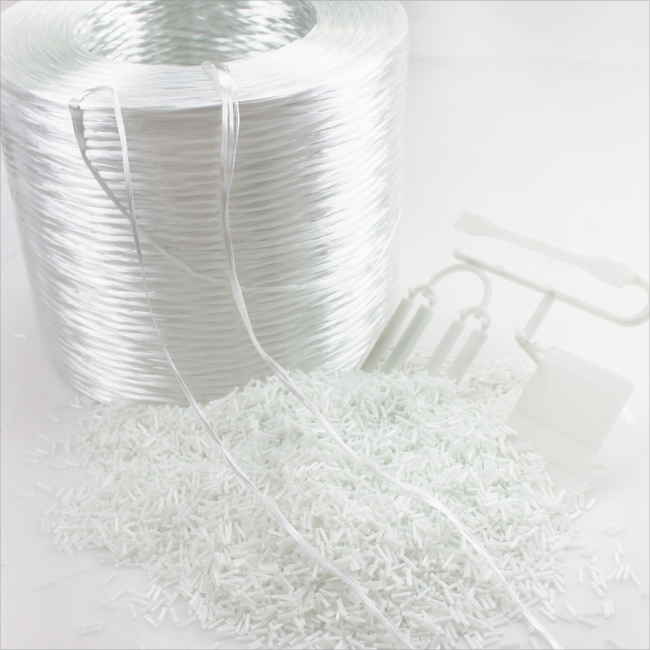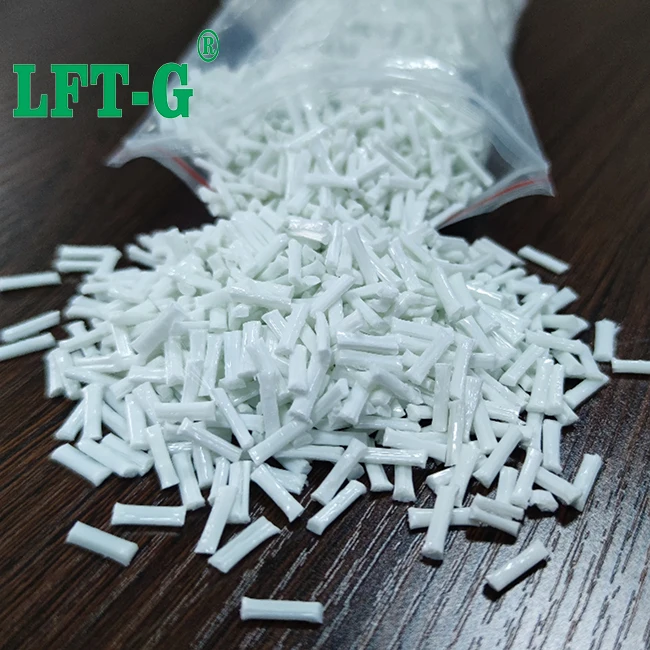item no.:
PBT-NA-LGFPayment:
Discussedproduct origin:
ChinaColor:
Natural color or Customizedshipping port:
XiamenLead Time:
2-10 working daysWhat is PBT?
Polydibutyl terephthalate is a crystalline thermoplastic engineering plastic polymerized by dimethyl terephthalate (DMT) and 1,4-butanediol.
PBT can also be called thermoplastic polyester plastic, in order to be used by different processing operators, generally how many additives will be added, or mixed with other plastics, with the proportion of additives is different, can manufacture different specifications of products. Due to its special properties, PBT is an ideal material for special applications in electrical engineering and electronics.
1. mechanical properties: high strength, fatigue resistance, dimensional stability, creep is also small (there is little change under high temperature conditions)
2. heat resistance aging: enhanced UL temperature index of 120~140℃(outdoor long-term aging is also very good)
3. solvent resistance: no stress cracking
4. water stability: PBT is not easy to decompose in water
5. insulation performance: excellent (wet, high temperature can also maintain stable electrical performance)
What is fiberglass?
Glass fiber (formerly known as glassfiber) is an inorganic nonmetallic material with excellent properties. It is made of pyrophylla, quartz sand, limestone, dolomite, borocalcium, boromite and seven ores as raw materials by high-temperature melting, wire drawing, winding, weaving and other processes. The diameter of its monofilament ranges from several microns to more than twenty microns, equivalent to 1/20-1/5 of a hair, and each fiber filament is composed of hundreds or even thousands of monofilament. Fiberglass products are relatively environmentally friendly within the controllable range.
PBT has very weak hygroscopic properties. The tensile strength of the non-enhanced PBT is 50MPa, and the tensile strength of the glass fiber reinforced PBT is 170MPa. PBT crystallizes very quickly, so it is easy to bend and deform parts during injection molding due to uneven cooling. The shrinkage rate of general PBT materials is between 1.5% and 2.8%. PBT materials with 30% glass fiber reinforcement shrink between 0.3% and 1.6%.
1. high temperature resistance
After testing, when the temperature reaches 300℃, there is no effect on the strength of glass fiber.
2. high tensile strength
The tensile strength of glass fiber is 6.3~6.9g/d in the standard state, and 5.4~5.8g/d in the wet state.
3. good electrical insulation
Glass fiber has excellent electrical insulation, is a high-level electrical insulation material, and is also used in insulation materials and fire shielding materials.
4. Burn
Glass fiber can be melted into glass beads at high temperature, which meets the requirements of fire prevention and control in the construction industry.
5. good sound insulation
The combination of glass fiber and gypsum can achieve a good sound insulation effect

Why filled PBT with glass fiber?
Adding glass fiber to PBT is a common method of PBT enhancement modification. Glass fiber and PBT resin bonding force is good, after adding a certain amount of glass fiber to PBT resin, not only can maintain the original advantages of PBT resin chemical resistance, processability and so on, but also can greatly improve its mechanical properties, and overcome PBT resin notch sensitivity.

Impacts of Long Glass Fiber Reinforced PBT Compounds
01Wear resistance
PBT has excellent wear resistance and is advantageous where resistance to friction and wear is required. In applications such as mechanical transmission components and bearings, the wear resistance of PBT has been effectively utilized.
02Mechanical properties
PBT has excellent mechanical properties after modification. It has high strength and fatigue resistance, good dimensional stability and low creep. Therefore, PBT is often used for parts that need to withstand larger loads and be used for a long time.
03Thermal stability
PBT has excellent thermal stability, can maintain its performance under high temperature conditions, and is not prone to thermal decomposition or deformation. This makes PBT an ideal choice for withstanding high-temperature working environments, such as wire connectors and insulating parts in electronic and electrical equipment.
04Flame retardancy
PBT has good flame retardant properties after modification and can meet the flame retardant requirements of some special fields. UL94 is a standard for testing the flame retardant properties of materials. The flame retardant grade of PBT engineering plastics can reach UL94 V-0 level, which means that in the flame test, the burning time of the PBT sample is shorter than 10 seconds, and there is no flame retardant during the burning process. dripping phenomenon. This makes PBT molding materials widely used in fields with high requirements for flame retardancy, such as the electronic and electrical industry, providing reliable guarantee for safety performance.